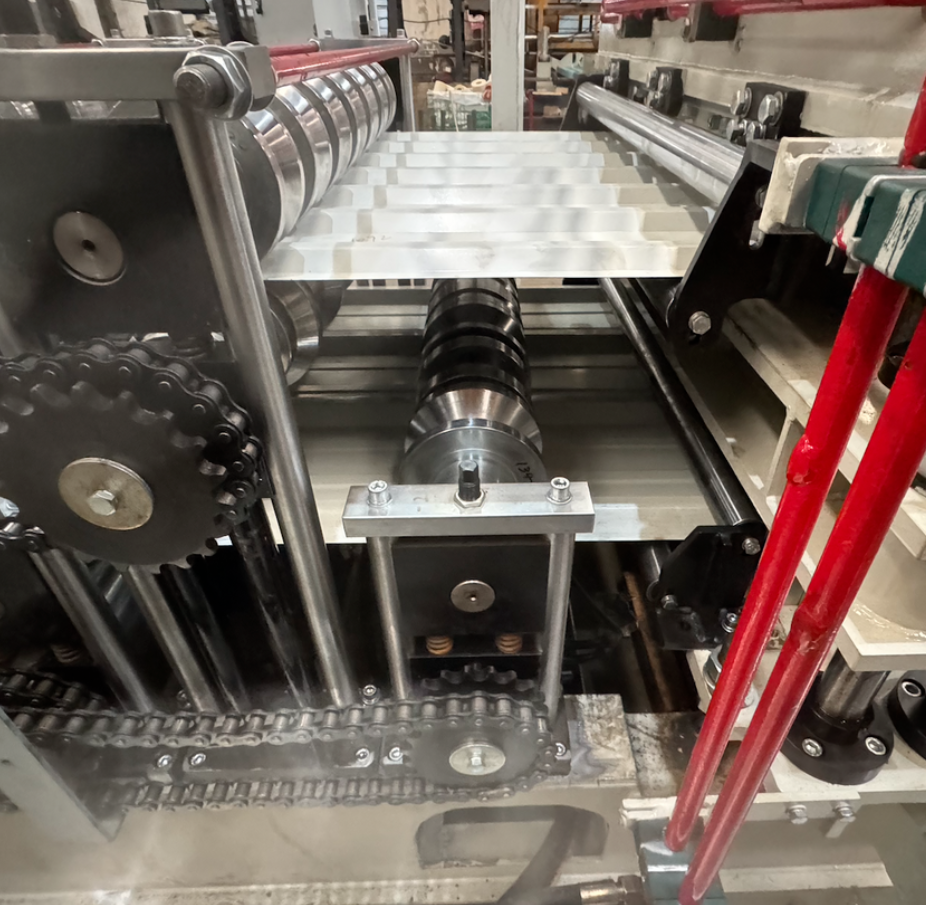
How to Troubleshoot Your Roll Forming Machine: A Guide for UK Operators
This guide is designed specifically for UK-based roll forming operators and maintenance teams
Posted on Thursday, July 17, 2025
Whether you’re producing roofing sheets, purlins, decking panels, or flashings, consistent output and smooth machine operation are vital to your success. But like any industrial equipment, roll forming machines can encounter issues over time. Knowing how to troubleshoot problems quickly and accurately is the difference between a short pause and a costly production shutdown.
This guide is designed specifically for UK-based roll forming operators and maintenance teams, providing actionable steps to identify and resolve the most common problems on the shop floor.
Most Common Roll Forming Issues (and What Causes Them)
Here are the faults UK operators encounter most frequently—and what might be behind them:
| Issue | Potential Causes |
|---|---|
| Burrs on edges | Dull or misaligned shear blade, worn tooling, material shift |
| Warping or bowing | Uneven roll pressure, incorrect alignment, coil memory |
| Uneven cut lengths | Faulty encoder, slippage in feeder, incorrect cut settings |
| Misaligned profile | Tooling or shaft misalignment, poor coil threading |
| Oil canning (wavy panels) | Excess forming pressure, weak base material, improper setup |
| Scratches on surface | Dirty rolls, debris in the line, sharp coil edges |
| Machine jamming or stalling | Material feeding issues, motor faults, or foreign objects |
Understanding the root cause saves time and avoids unnecessary part replacements or adjustments.
Step-by-Step Roll Forming Troubleshooting Process
Use this simple troubleshooting approach when you encounter a production issue:
1. Stop the Line Immediately
Prevent further damage or scrap by halting the machine at the first sign of trouble.
2. Inspect the Profile
Examine the formed section—are the cuts clean? Are angles consistent? Measure dimensions and check the edge quality.
3. Check the Material Feed
Verify:
-
Coil is loaded correctly and tracking straight
-
Material hasn’t shifted or twisted
-
Tension is properly set
-
Guides are aligned with the tooling
4. Examine the Tooling and Rolls
Look for:
-
Signs of wear or damage
-
Dirt, metal shavings, or debris
-
Proper spacing and alignment
Use feeler gauges or alignment tools if needed.
5. Review Machine Settings
Check encoder values, cut length settings, and speed controls. Reset or recalibrate if inconsistencies are found.
6. Test in Manual Mode
Run the machine manually to identify whether the issue is mechanical, electrical, or material-related.
7. Make One Adjustment at a Time
Avoid overcorrecting. Adjust pressure, position, or speed incrementally and test output after each change.
8. Log the Issue
Always record the fault and fix in a machine logbook—this helps spot recurring problems and informs future servicing.
Tools and Parts Every UK Operator Should Keep On-Site
Minimise downtime by keeping these essential tools and spares close to your machine:
Basic Tools:
-
Feeler gauges
-
Allen key set
-
Spanners and torque wrenches
-
Roll alignment gauges
-
Digital calipers and steel rulers
-
Cleaning brushes and degreasers
Spare Parts:
-
Shear blades
-
Encoder (pre-calibrated if possible)
-
Safety switches
-
Proximity sensors
-
Fuses and relays
-
Bearings and lock collars
-
Pneumatic cylinder seals (if applicable)
Having these readily available means you can resolve many common issues without waiting for parts delivery.
When to Call for Professional Repair
While in-house troubleshooting handles 80–90% of machine issues, you’ll need professional help for:
-
Electrical faults (PLC, motor drives, short circuits)
-
Replacing or realigning shafts or roll stations
-
Hydraulic issues (if the machine uses hydraulic cutting or punching)
-
Repeated misalignment or profile distortion despite adjustments
-
Encoder or cut-length errors that persist after reset
-
Major wear or deformation of tooling that affects quality
Don’t delay calling in support if the issue risks damaging the machine or producing scrap batches.
Remote and On-Site Support Options in the UK
At Machine Matcher, we support UK operators with fast, expert help:
Remote Support:
-
Video troubleshooting via WhatsApp or Zoom
-
Step-by-step repair instructions
-
Wiring diagrams, manuals, and calibration files
-
PDF and video guides for common errors
On-Site UK Support:
-
Engineer dispatch available across the UK
-
On-site diagnostics, servicing, and repairs
-
Setup and realignment assistance
-
Spare parts delivery and installation
We understand that every hour of downtime costs money—that’s why we prioritise rapid-response service across all regions, including the Midlands, London, the North West, and Scotland.
Conclusion
Troubleshooting roll forming machines doesn’t have to be complicated. With a basic understanding of machine behaviour, the right tools on hand, and access to reliable support, most issues can be identified and resolved quickly.
Investing in training, maintenance, and ongoing support will keep your line running at peak performance—and avoid costly surprises.
Need Help With a Faulty Roll Former?
Whether you're experiencing a technical fault or just need guidance, the Machine Matcher team is ready to support you.
Contact us for:
-
Remote diagnostics
-
Spare parts
-
On-site UK service
-
Preventive maintenance plans
-
Operator training
Email: [email protected]
Phone: +44 (0) 20 3950 2500
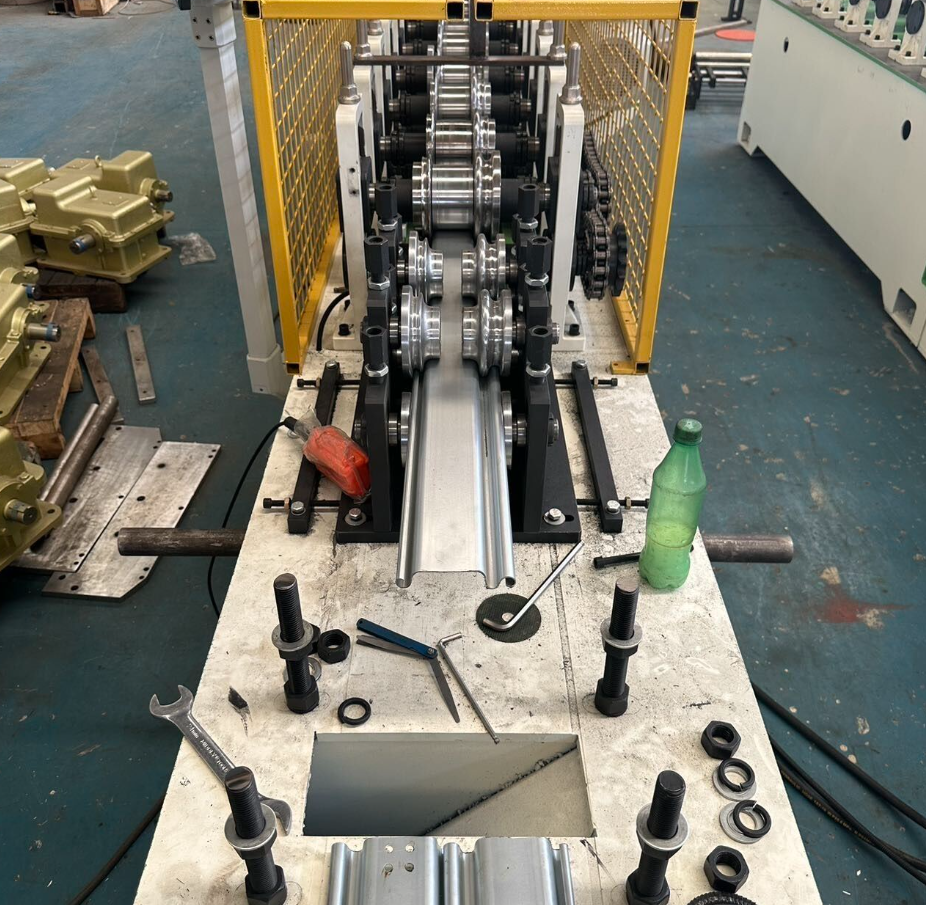
Shutter Door Roll Forming Machine – United Kingdom
Posted on Thursday, July 17, 2025
Now Available Across England, Wales, Scotland & Ireland
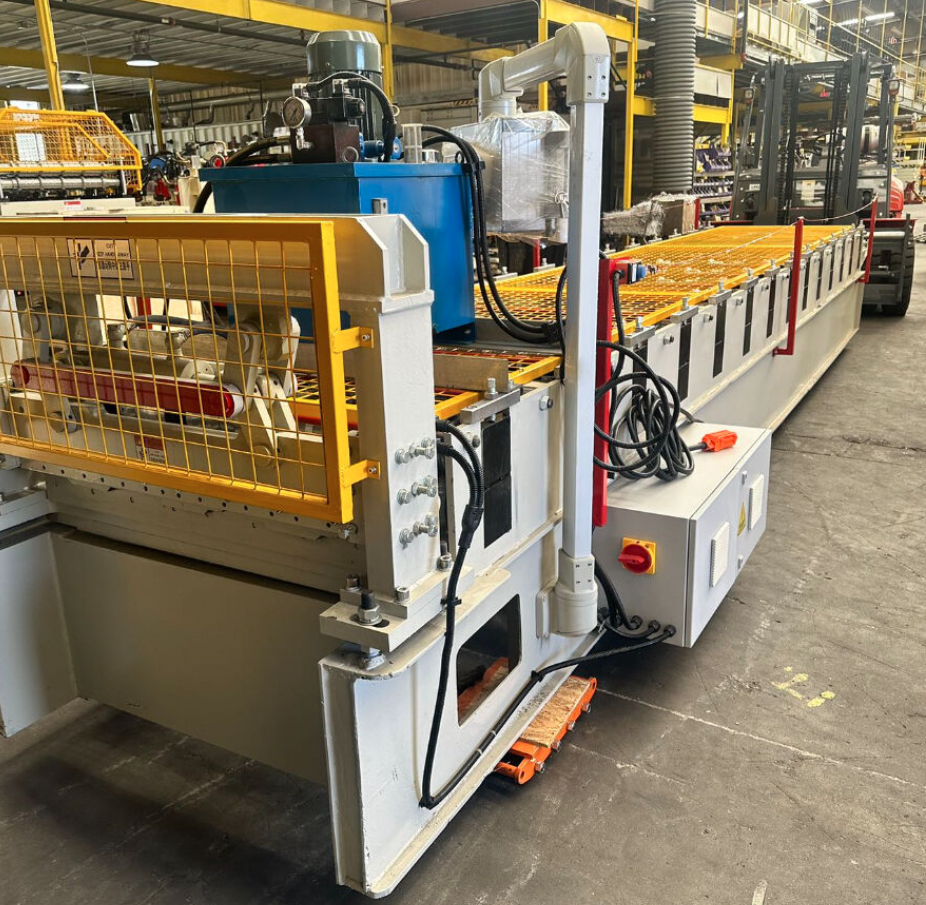
Roofing Roll Forming Machine Engineered for the UK Market
Posted on Thursday, July 17, 2025
This machine offers exceptional value and performance for manufacturers and builders in England, Wales, Scotland, and Ireland.
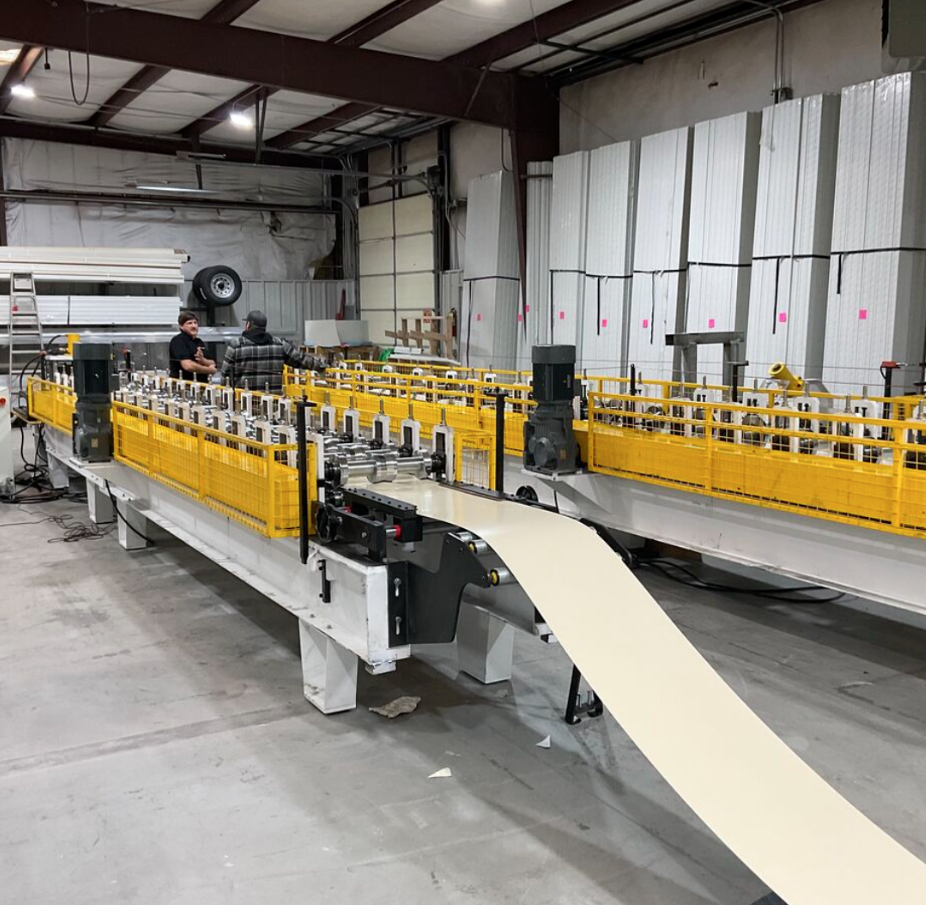
Light Gauge Steel Roll Forming Machine: Precision Engineering for the UK Market
Posted on Thursday, July 17, 2025
This machine offers a reliable solution for producing a wide range of light gauge steel profiles
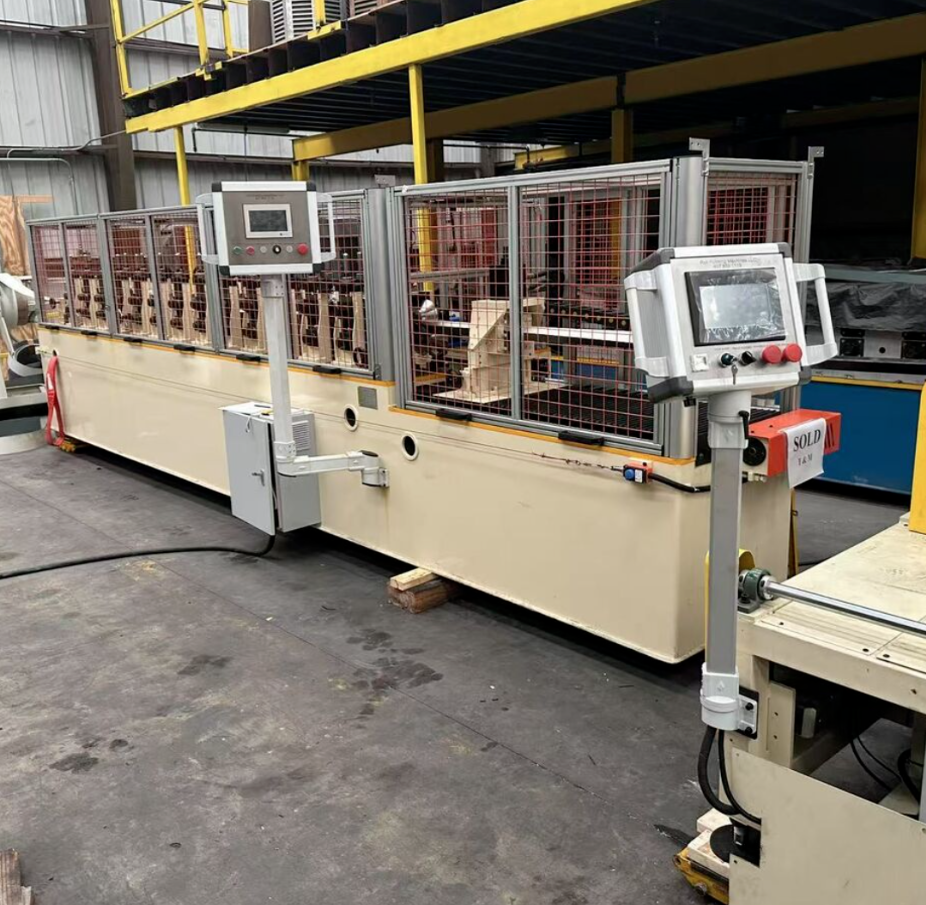
Door Frame Roll Forming Machine: Precision and Efficiency for the UK Construction Market
Posted on Thursday, July 17, 2025
This machine automates the roll forming process, shaping metal coils into door frame profiles by passing them through multiple forming stations.